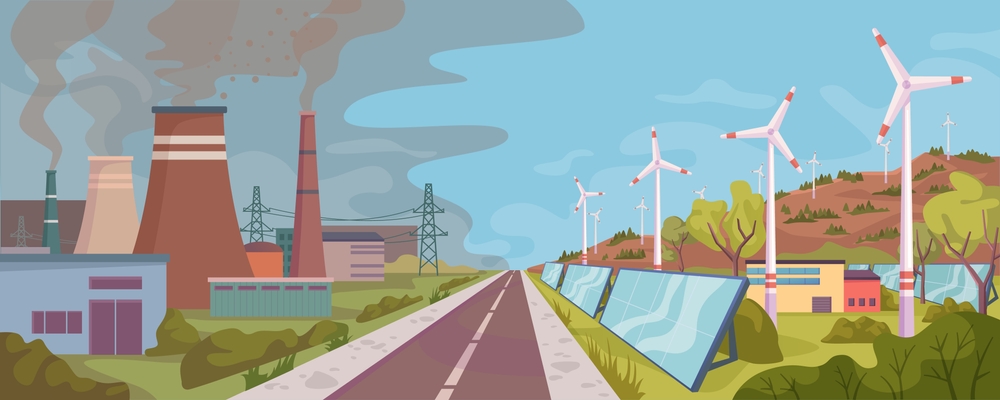
Two new reports place the blame for PJM’s growing energy costs squarely on data centers.
Monitoring Analytics, the Independent Market Monitor for PJM, says that “but for data center growth,” PJM would not have experienced tight supply conditions and high prices in its base residual auctions. PJM saw an 82.1% hike in its capacity market revenues for 2026/2027.
“It is misleading to assert that the capacity market results are simply just a reflection of supply and demand. The current conditions are not the result of organic load growth. The current conditions in the capacity market are almost entirely the result of large load additions from data centers,” says the report.
What does all of this data center growth mean for electric ratepayers in the 13 states served by PJM? A great big transmission bill, according to the Union of Concerned Scientists.
In 2024, utilities in the PJM states passed on $4.3 billion in transmission costs to consumers, with “billions more still to come,” says UCS in a policy brief, “Connection Costs Loophole Costs Customers Over $4 Billion to Connect Data Centers to Power Grid.”
The costs tend to slip under the radar of state regulatory officials because they are incurred for high-voltage transmission that is governed under federally regulated rates. These rates, which are passed along to customers through their utilities, were originally intended to cover collective infrastructure costs. However, in truth, it is now a relatively small number of energy-hungry data centers that drive the need for transmission, while a broad swath of consumers pay for it.
To solve the problem, the UCS recommends that utilities track costs from these interconnection/line extensions to the appropriate retail rate class, in a process overseen by state and federal regulators
“State and federal regulators must require that costs be assigned to the specific customer—or an appropriate rate class that is causing the costs—to avoid subsidization by all other customers. Simply creating a rate class for the largest new customers will not solve this problem unless the costs presently mixed with other transmission costs are separated,” says UCS.
For more on how data center costs get passed on to consumers, check out the Energy Changemakers livestream discussion: Extracting Profits from the Public: How Utility Ratepayers are Paying for Big Tech Power with Eliza Martin and Ari Peskoe of the Electricity Law Initiative at Harvard Law School.



